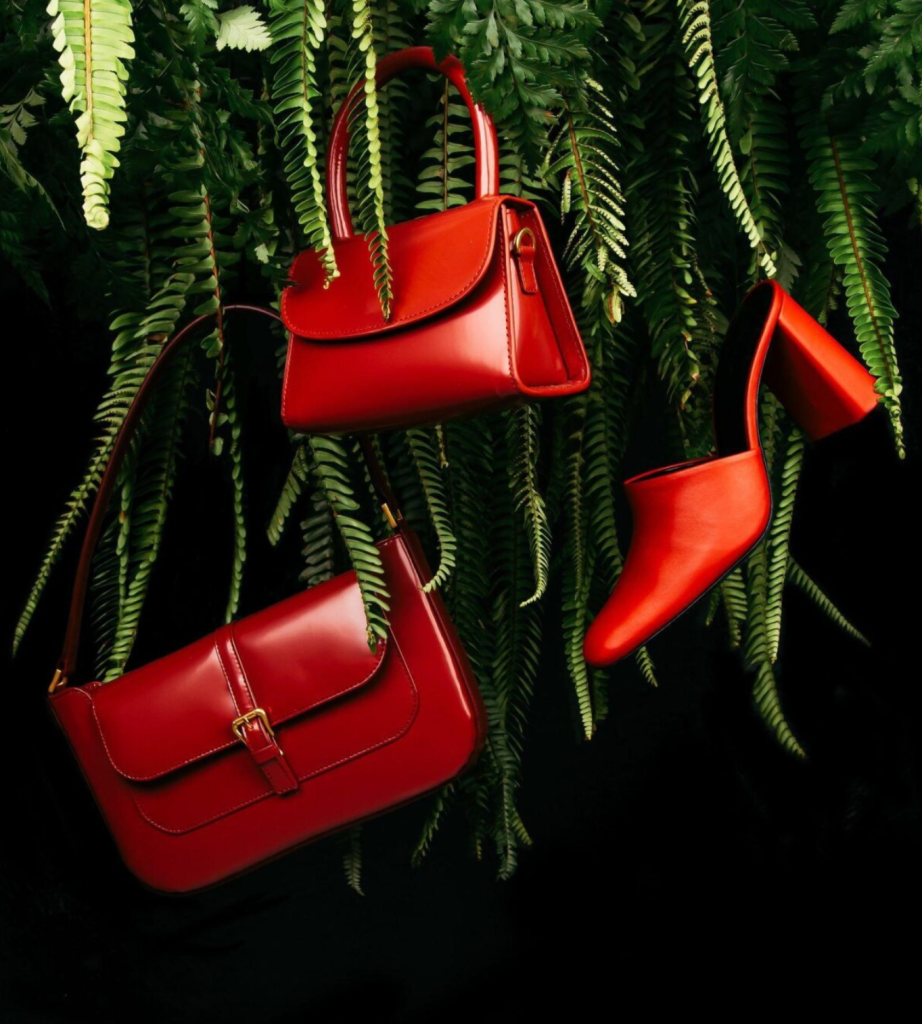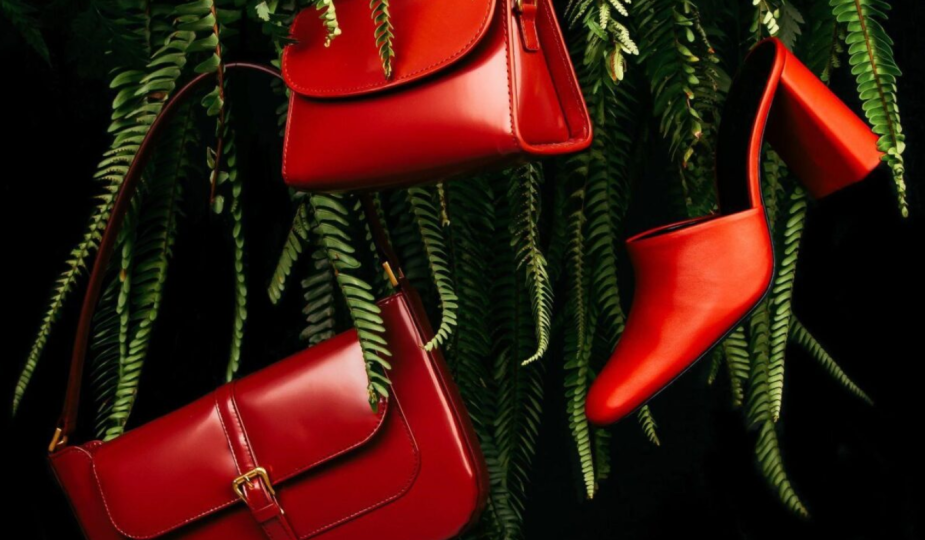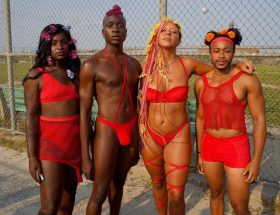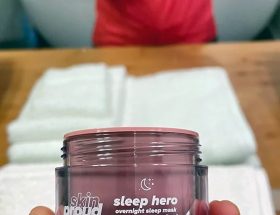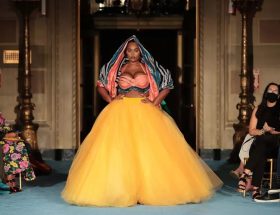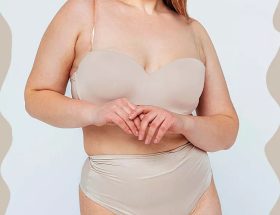The fashion business is recognized for developing trends, and currently, it’s working with its most crucial trend yet: sustainability. And unlike some questionable style choices, this is a trend every consumer can go for.
Plenty of individuals worldwide have become conscious of what they eat and have begun questioning whether or not companies resource their raw materials and labor ethically. Due to this perspective, several markets have begun rethinking and reinventing their production processes. This consists of the modern garment industry as well. It is a fact that the fashion industry produces a lot of waste per year, and people have now begun choosing sustainable wear from Bezen.
Increasingly, customers intend to have a positive impact on the environment. Study shows that 88 per cent of customers want brands to help them be more eco-friendly. Yet, style is well-known for its inefficient techniques that are hurting the atmosphere. Fashion items are responsible for 10 per cent of the globe’s carbon emissions, more than international flights and maritime shipping incorporated. The fashion sector is responsible for 20% of all water contamination worldwide. If the fashion business advances its present course, it will undoubtedly create 26 per cent of the globe’s carbon impact by 2050. Something requires to be done to manage the situation and interrupt the industry.
Research by The Shelton Group shows that Millenials intend to go shopping from sustainable companies. Due to the standard concept of supply and demand, luxury fashion businesses take steps to a greener future. From Gucci’s significant sustainability and CSR initiatives that have progressively been made over the last couple of years to the moral and sustainable trend of going fur-free, seen in a vast number of announcements of high-end luxury brands.
On the other hand, sellers around the globe understand the flipside of fast fashion. They are moving towards sustainability as it is starting to occur to them that the unsafe chemicals and plastic waste developed as a result of their enhanced use of polyester and various other raw materials are non-biodegradable.
Fashion brand names big and small are a lot more vocal concerning their assistance of environmental causes and their very own use of even more natural or recycled products. Also, Zara, a significant name in fast fashion since the 80s, has dedicated itself to using one hundred per cent sustainable fabrics by 2025.
Why could Sustainable fashion be the future?
Quality over Quantity
The phrase “buy less, buy better” is critical when you realize that a whopping 100 billion clothes are made worldwide each year. Ask yourself three crucial questions before buying: “What are you buying and why?” Do you need it?
Minimizing Water Footprint
The fashion industry consumes an astounding 93 billion cubic meters of water each year– the same as 37 million Olympic swimming pools– we should all be more worried concerning the water footprint of our clothes. Organic cotton needs much less water than conventional cotton, as well as the use of low-water colours decreases water use.
Support brands that have a Positive Effect
Eco-minded brands such as Mara Hoffman and Sheep Inc are starting to consider how fashion can positively influence the environment instead of simply minimizing its effect. Regenerative farming— farming methods such as no-tilling and growing cover plants– is an expanding trend within the fashion industry that intends to restore as well as build soil health and biodiversity.
Be Conscious regarding Vegan Fashion
While animal-derived products like natural leather and wool raise ecological and ethical problems, vegan alternatives, which frequently have synthetics, might additionally be harmful to the environment. Luckily, intriguing brand-new products are coming close to the marketplace—for instance, Stella McCartney.
Keep away From chemicals.
Hidden chemicals utilized to clean our clothing are a significant issue, destroying local rivers and endangering garment labourers. Watch out for the Made in Eco-friendly by OEKO-TEX and Bluesign certifications, which define chemical used constraints throughout the production process.
Conclusion
The pandemic has definitely transformed our point of view on our Lives as well as what we consume. Fashion brands have recognized how sensible and vital it is to make sharp and concentrated collections, reduce waste, and ensure each sample and each stitch and each cut of fabric matters. Our world and nature need nurturing and so do ways, and there will not be peace if one comes at the expense of the other. The fabric is our prompt environment. Humanity has its atmosphere in nature, yet the body’s instant atmosphere is the clothes that we put on. From conception to implementation, sustainability is a suggestion all should accept. Even tiny individual contributions make a difference, and we need to do it by reducing waste, using recycled materials, producing smartly, and making each item deserving of being gotten with some conscience.
Not everyone is equally devoted to ecologically and socially responsible fashion. While some brands are guaranteeing that they are giving back to the environment and creating pieces under humane working conditions, not all fashion is ready to pay up. We all need to play our part, and we need to do it now and take care of our planet to leave it worth living for future generations. The garment industry, mainly leather, hair, and fast fashion, substantially contributes to ecological damages. So, we should relook at everything, recognize our environmental impact, and do better.
